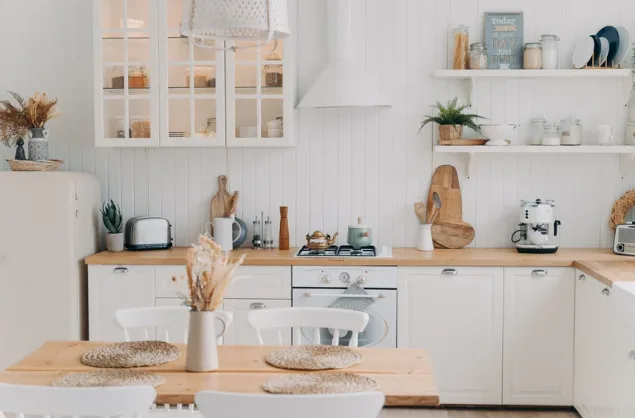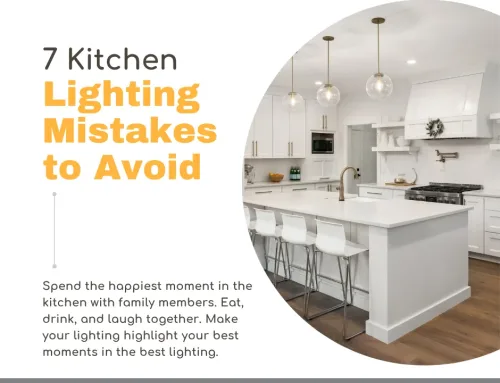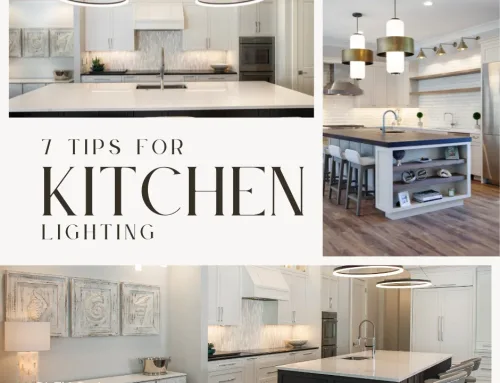The heart of every home is the kitchen, but what if redesigning yours didn’t require multiple in-person meetings, showroom visits, or weeks of scheduling? With Virtual Kitchen Design Services, you can bring your dream kitchen to life from the comfort of your home. As a national award-winning interior designer with over 40 years of experience, I’ve helped countless clients remotely achieve custom, magazine-worthy kitchens without the logistical headaches.
In this post, I’ll walk you through what virtual kitchen design is, how it works, and why it might just be the smartest choice you’ll make this year.
The Facts About Virtual Kitchen Design Services

Why Go Virtual?
Many homeowners are juggling work, family, and life’s daily demands, making it hard to find time for in-person design meetings. Virtual Kitchen Design Services offer a flexible, time-saving alternative that still delivers stunning results.
Whether you’re renovating a vacation property or finally tackling your forever-home kitchen, going virtual means:
-
No scheduling stress
-
Faster project turnaround
-
Access to expert design from anywhere
How Virtual Kitchen Design Works
My process is both personal and efficient. Here’s what you can expect when working with me:
1. Discovery & Intake
You’ll begin with a simple form where you share:
-
Measurements of your kitchen (don’t worry—I’ll guide you)
-
Photos or videos of your space
-
Your style preferences and needs
2. One-on-One Consultation
We’ll meet via Zoom or phone to discuss your goals, inspirations, and must-haves. This step helps me understand not just your space, but your lifestyle.
3. Design Development
I’ll create a fully customized kitchen design that includes:
-
A functional layout plan
-
3D renderings or elevations
-
Material, finish, and appliance suggestions
-
A curated shopping list
4. Feedback & Revisions
You’ll review the design and provide feedback. I’ll make adjustments as needed until your kitchen feels just right.
5. Your Complete Design Package
You’ll receive a digital presentation that includes everything your contractor or builder needs to bring the design to life.
The Power of Experience
With nearly four decades in the interior design industry, I know how to anticipate challenges before they arise. My Virtual Kitchen Design Services aren’t just about pretty pictures; they’re about functionality, code compliance, smart lighting, and cohesive aesthetics that align with your lifestyle.
Who Virtual Kitchen Design Services Is For
My remote design services are ideal for:
-
Homeowners looking to save time
-
People managing long-distance renovations
-
Busy professionals who want white-glove design support
-
DIY remodelers who need a professional plan to follow
Real Results Without the In-Person Hassle
One of my recent clients came to me needing help redesigning a compact kitchen in their beach condo. Through virtual consultations, I reworked their layout, sourced coastal-modern materials, and guided them through their remodel step-by-step, without ever setting foot on site. The result? A breezy, functional space that now serves as their favorite room in the house.
Ready to Transform Your Kitchen?
If you’re considering a kitchen remodel, don’t let logistics stand in the way. My Virtual Kitchen Design Services give you professional, high-touch results, on your time and your terms.





